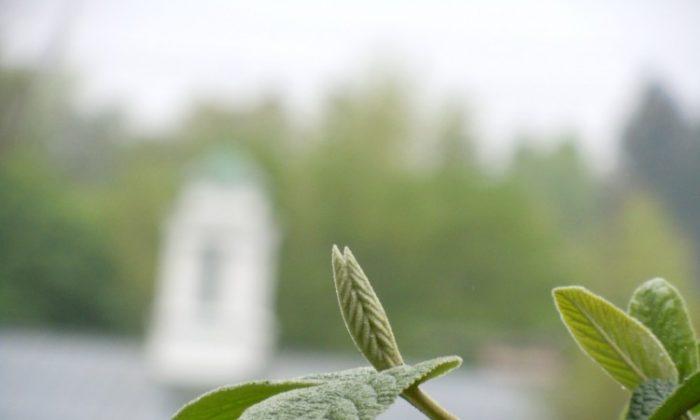The team led by scientists at Ohio University conducted a chemical analysis of a stalagmite found in the mountainous Buckeye Creek basin of West Virginia, which revealed, that land management practices involving the burning of forests by the native people contributed a non trivial quantity of greenhouse gases to the atmosphere.
“They were very advanced, and they knew how to get the most out of the forests and landscapes they lived in. This was all across North America, not just a few locations,” said Associate Professor of geological sciences at Ohio University Gregory Springer. He added, “They had achieved a pretty sophisticated level of living that I don’t think people have fully appreciated.”
A Change in Direction
Initially the team were conducting a study into the drought cycles in North America using carbon isotopes in stalagmites. However, the discovery of major changes in carbon levels in the local ecosystem starting at 100 BC led them down a different road. They were aware that archaeologists at an excavation nearby had uncovered evidence of a local Native American community 2000 years ago. In addition, it was noted that peak carbon levels coincided with peaks in population levels 550-750 years ago.
This discovery led to Associate Professor Springer assembling a team in collaboration with the University of Texas at Arlington to examine stream sediments. Their findings revealed very high levels of charcoal beginning 2000 years ago, as well as a carbon isotope history similar to the stalagmite.
“Long before we were burning fossil fuels, we were already pumping greenhouse gasses into the atmosphere. It wasn’t at the same level as today, but it sets the stage,” said Associate Professor Springer.
This long-ago land clearing would have impacted global climate, he added. Ongoing clearing and burning of the Amazon rainforest, for example, is one of the world’s largest sources of greenhouse gas emissions. Prehistoric burning by Native Americans was less intense, but a non-trivial source of greenhouse gases to the atmosphere, he said.
The findings were published in the March 2010 edition of the journal The Holocene.



Friends Read Free